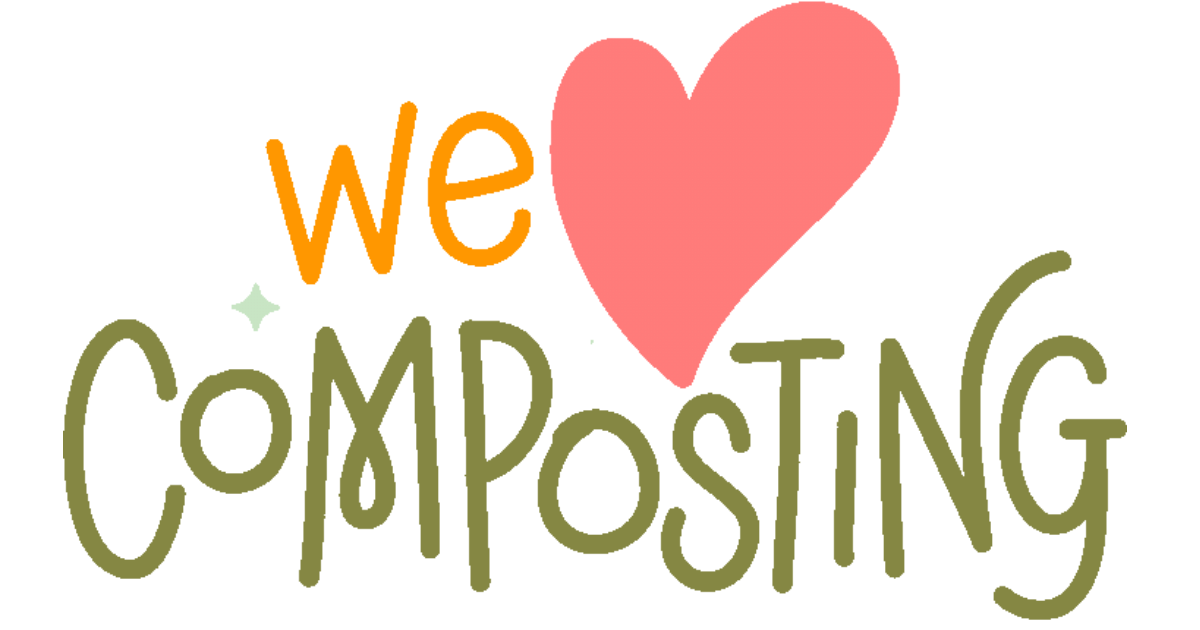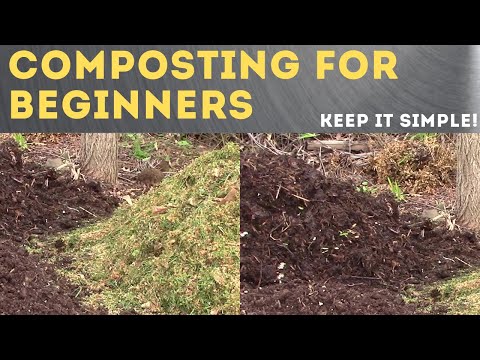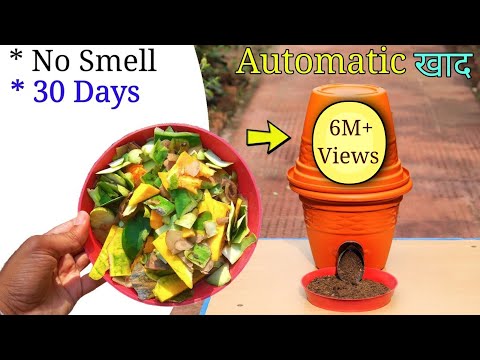Vermicomposting, also known as worm composting, is an eco-friendly process that utilizes red wiggler worms to break down organic waste into nutrient-rich compost. This method has gained popularity among gardeners and sustainability enthusiasts for its ability to turn kitchen scraps and garden waste into a valuable soil amendment.
One fascinating aspect of vermicomposting is the horizontal migration of red wiggler worms, which plays a crucial role in the decomposition process. These industrious creatures work tirelessly to convert organic matter into castings, creating a nutrient-dense fertilizer that is highly beneficial for plants.
A recent time-lapse video captured the remarkable journey of red wiggler worms during their horizontal migration over a period of 35 days. The footage provides an astonishing insight into their behavior and highlights the significant impact they have on transforming waste into valuable compost.
In the first few days of the time-lapse, the worms can be seen eagerly consuming food scraps that are placed on one side of their habitat. As they feed, they begin to process and break down the organic matter, excreting nutrient-rich castings. This early stage sets the foundation for what is to come in terms of migration.
Around day five, signs of movement become evident as groups of worms start migrating towards areas rich in organic waste. They crawl along bedding materials such as shredded newspaper or cardboard, utilizing their muscular bodies to propel themselves forward. It’s fascinating to witness how these tiny creatures navigate within their environment with such purpose and determination.
As the days go by, more and more worms join in the migration effort. The video captures the dynamic nature of their movements as they form dense clusters around pockets of decomposing food scraps. It becomes apparent that this horizontal migration occurs due to two primary factors: a search for fresh sources of food and optimal conditions for reproduction.
Red wiggler worms are known for their high reproductive capacity, with each worm being capable of producing multiple offspring in a short period. Therefore, the migration towards new food sources serves as an opportunity to ensure the survival of their species. By spreading out and colonizing fresh areas rich in decaying matter, they maximize nutrient availability and minimize competition.
What’s remarkable about this time-lapse is the worms’ ability to organically balance the distribution of labor within their habitat. As they migrate, some worms focus on consuming fresh food sources, while others remain behind to further break down organic matter and process castings from previous meals. This intricate system allows for efficient decomposition and recycling of waste materials.
Throughout the entire time-lapse, it becomes evident that red wiggler worms are vital contributors to the vermicomposting process. They tirelessly work day and night to transform organic waste into a nutrient-dense fertilizer that plants thrive on.
The video also highlights the importance of maintaining a suitable environment for these worms to thrive. Adequate moisture levels, proper aeration, and maintaining an ideal temperature range are critical factors for their success. Without an optimal habitat, these amazing creatures would be unable to perform their invaluable task of turning waste into black gold – nutrient-rich compost that benefits both our gardens and the environment.
In conclusion, watching the time-lapse video documenting red wiggler worms’ horizontal migration during vermicomposting is genuinely awe-inspiring. It showcases these diligent creatures diligently converting organic waste into beneficial compost while efficiently utilizing available resources in an intelligent and organized manner. Vermicomposting offers not only a sustainable solution for waste management but also provides us with valuable lessons about nature’s remarkable ability to recycle and regenerate.





